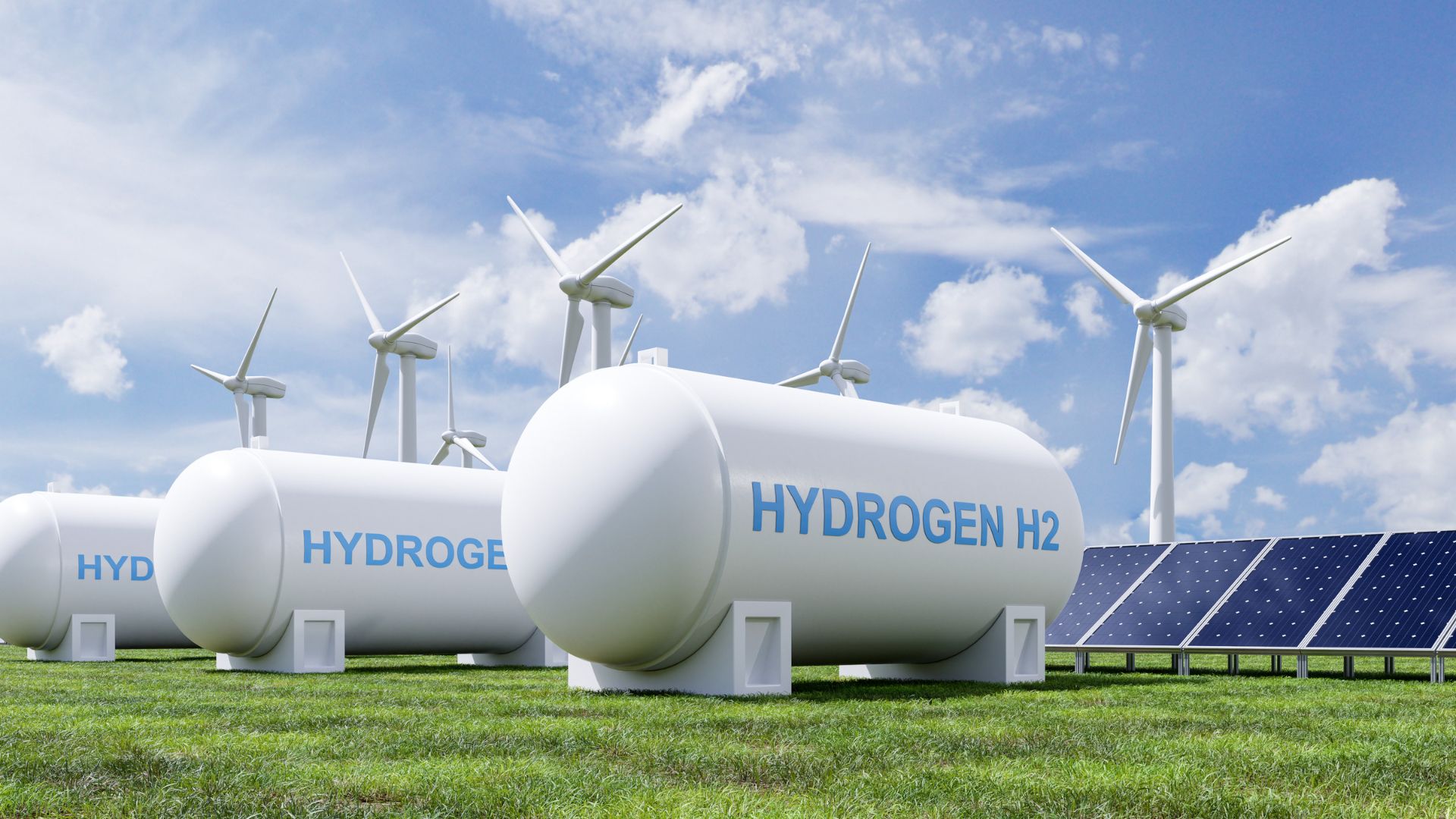Energy storage is a key component of the transition to a low-carbon economy. It enables the integration of renewable energy sources, such as solar and wind, into the grid, and provides backup power during peak demand or emergencies. However, current energy storage technologies face several challenges, such as high cost, low efficiency, limited lifespan, and environmental impact. In this blog post, we will explore some of the innovative energy storage solutions that are being developed to overcome these challenges and pave the way for a greener future.
One of the most promising energy storage solutions is hydrogen. Hydrogen can be produced from water using renewable electricity, and stored in tanks or underground caverns. It can then be used to generate electricity or heat through fuel cells or turbines, or as a clean fuel for transportation. Hydrogen has several advantages over other energy storage options: it has a high energy density, it can be transported easily through pipelines or trucks, and it does not emit any greenhouse gases when used. However, hydrogen also faces some barriers, such as high production cost, safety issues, and lack of infrastructure.
Another innovative energy storage solution is thermal energy storage. Thermal energy storage involves capturing excess heat or cold from various sources, such as industrial processes, solar panels, or air conditioners, and storing it in insulated tanks or materials. It can then be released when needed to provide heating or cooling for buildings or industrial applications. Thermal energy storage can help reduce energy consumption and greenhouse gas emissions by shifting peak demand and utilizing waste heat. However, thermal energy storage also has some limitations, such as low efficiency, high heat loss, and space requirements.
A third example of an innovative energy storage solution is flywheel energy storage. Flywheel energy storage uses a spinning rotor to store kinetic energy. The rotor is accelerated by an electric motor when there is excess electricity in the grid, and decelerated by a generator when there is a need for electricity. Flywheel energy storage can provide fast and reliable power for short-term applications, such as frequency regulation or grid stabilization. It can also reduce wear and tear on conventional power plants by smoothing out fluctuations in supply and demand. However, flywheel energy storage also faces some challenges, such as high maintenance cost, noise pollution, and mechanical stress.
These are just some of the innovative energy storage solutions that are being developed to support the transition to a low-carbon economy. There are many other emerging technologies that have the potential to transform the way we store and use energy in the future. By investing in research and development, fostering collaboration among stakeholders, and creating supportive policies and regulations, we can accelerate the adoption of these solutions and achieve our climate goals.

